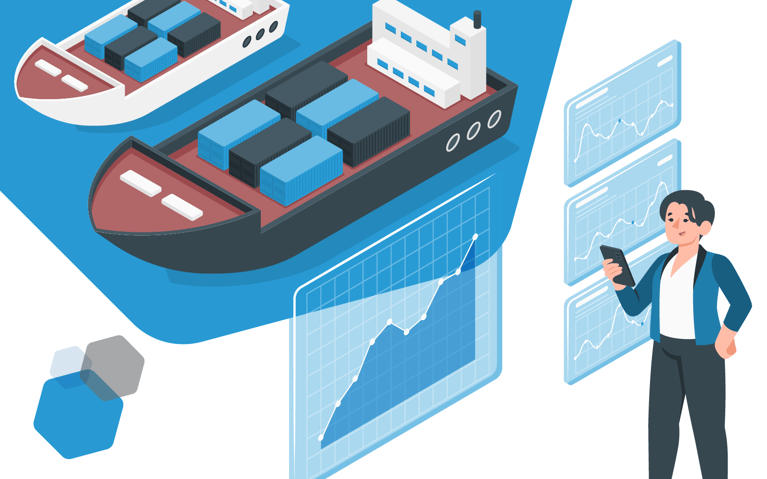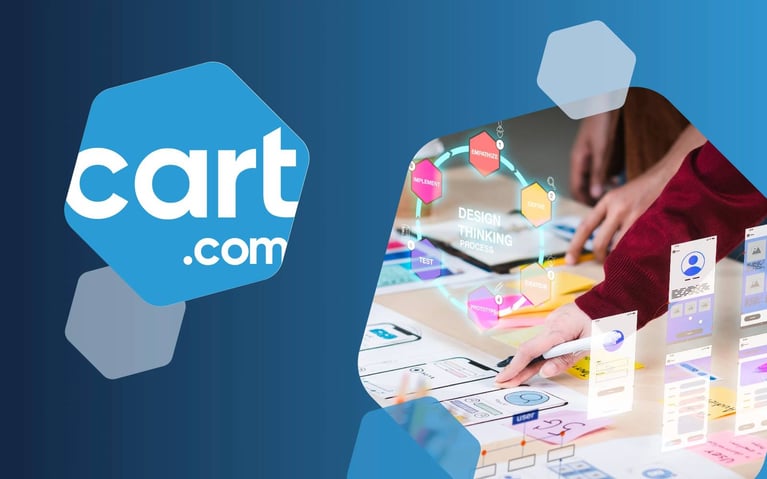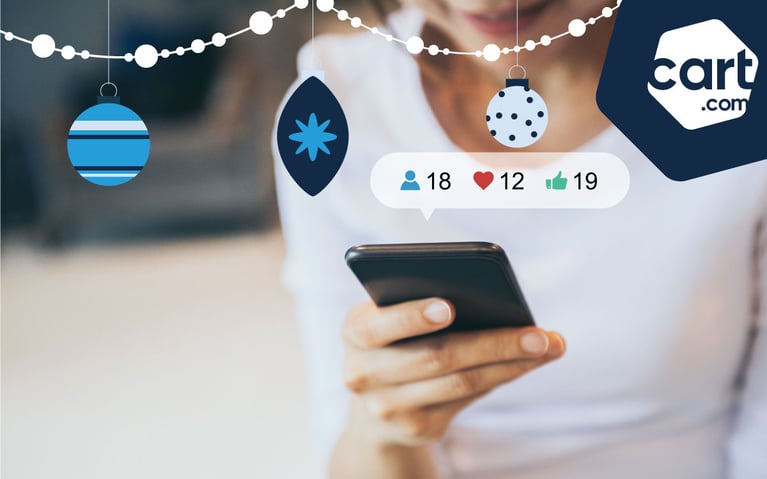On June 6th, the Cart.com Social and Creative team that works with big brands such as Guess, Inc., made the trek up to San Francisco to attend their second annual Performance Marketing Summit and sharpen their tool set. This is Meta’s flagship Performance Marketing event where they invite their top agencies and brands to learn about the latest trends, insights and what they’re developing to try to convince us to keep spending money on their platform.
The inaugural summit proved to be a great event despite mediocre snack options (our recap from last year can be found here) so we were excited to see what Meta had planned this time around.
Before we go into the top 3 takeaways, the answer is no: this blog post was not written by AI.
1. Artificial Intelligence: Work Smarter Not Harder
Despite this blog post being written the old fashioned way, AI has been one of the biggest buzz words of 2023 and Meta did not shy away from giving the people what they wanted to hear. It’s no surprise that with the current economic climate, brands are reevaluating their current marketing spends, tools, staff and trying to find the best and most efficient way to use their resources. Meta addressed these concerns and revealed some new product updates that should help advertisers scale their efforts as easily as possible. These include:
- Advantage+ Catalog
-
- Brands will be able to add videos to their product catalogs and creative delivery will be determined by AI depending on what type of content the user Is most likely to resonate with. This is perfect for apparel/jewelry/accessory brands that already have demo or try on videos on their PDPs.
- Local Inventory Capabilities
-
- Made for omnichannel brands, dynamic product ads will be delivered to the user based on proximity to physical locations and in store availability
- Lead Gen
-
- Native lead forms will be able to be overlayed on existing landing pages when viewed within the Facebook or Instagram app which helps combine the rich content on landing pages with the auto form fill capabilities of Meta turning every brand into a lead gen brand. First party data is becoming more and more crucial for success as privacy laws are making audience targeting more and more difficult.
These are prime examples of how Paid Social Marketing is no longer as simple as showing an ad and sending traffic to a website. It’s more important than ever for marketers to partner with a data feed management company, fulfillment/inventory logistics company, and lifecycle management company to fully ensure that the customer is getting the best experience possible and the business is built for sustainable growth.
Luckily, Cart.com connects these dots with our own Fulfillment & Logistics, Commerce Software, and Growth Marketing Services so our clients spend less time herding cats (separate agencies) and spend more time scaling their business.
2. Creative is the New Targeting
One question I always ask on interviews is, “where do you see the future of Paid Social going?” While I'm used to being the one to ask that question, I realized that I’ve never taken the time to formally ask myself the same. My answer: the days of the traditional media buyer who is day trading bids/budgets and slicing and dicing audiences into hyper segmented targets are numbered. For every 10-20 decisions a media buyer can make, AI can make 100s or 1000s of decisions more accurately and in less time. So what do we do now? – we evolve past just being media buyers and become creative performance strategists.
Creative diversification was shown to improve CPAs by 32% and increase reach by 9%. Fabletics tested 50,000 creatives in the last year on Meta alone.
Let’s take a moment to send our thoughts and prayers to the junior media buyer(s) who had to traffic all of those ads. Fabletics produced and tested fifty THOUSAND creatives in the last year, sourcing content from various places like internal editorial shoots, influencer marketing programs, UGC programs, 3rd party providers for short form content, all while targeting broad audiences. While this is obviously an extreme example of creative testing, it shows how important testing was to overall performance and scaling their campaigns.
We’ve been lucky enough to partner with brands to develop our creative testing framework to help pinpoint what creative variables are moving the needle and how to ensure that we’re reaching every type of potential customer. This framework/playbook of proven creative strategies saves thousands of dollars and many months of testing for our clients.
3. Measurement 360: the Holy Grail of Measurement
Aside from AI, one of the larger topics of conversation was around measurement and attribution in the current digital landscape. Customer journeys have become more and more complicated while the availability of data has become more scarce due to regulations and policies which has led us to the perfect storm of attribution and measurement.
Similar to George Clooney, Meta’s leading character in this feature film is their Measurement 360 Framework which relies on balancing larger MMM/Incrementality tests to weight incremental impact across channels and smaller/more frequent experiments (brand lifts/conversion lifts) to continually validate those findings.
Hot take: Meta still hasn’t solved for the post iOS 14.5 data loss for in platform reporting so they’re pushing advertisers towards more holistic reporting strategies.
On one hand, it’s not very common for a platform to blatantly tell a room full of their top performance marketers that they need to look towards other measurement tools to get a better read on their marketing efforts. On the other hand, you don’t become a top tier agency without already leaning in on 3rd party data solutions like Unified Analytics to paint a more accurate picture of each channels impact on a business’s bottom line.
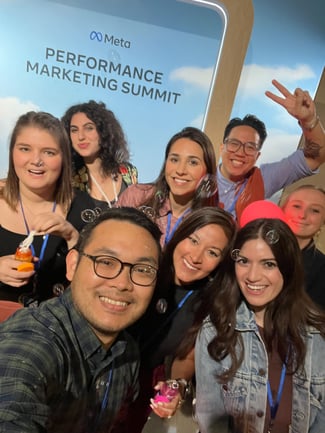
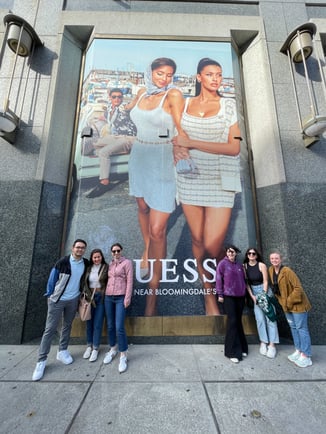
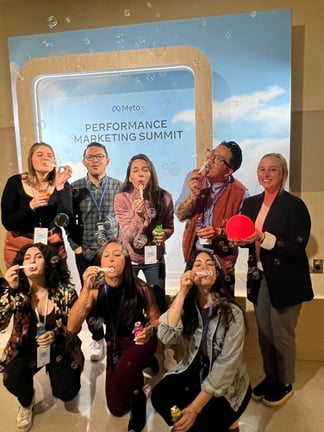
Subscribe to our emails for the latest industry insights!
By entering your email, you agree to receive marketing emails from Cart.com



